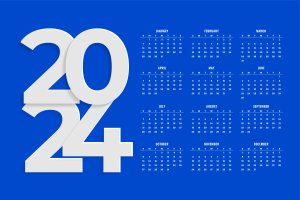Explore Insurance with Mileni
Important Dates for RRSPs, HBP, LLP, FHSAs, and More

1. Registered Retirement Savings Plans (RRSPs)
The clock is ticking! The deadline for contributing to your RRSP for the 2023 tax year is fast approaching—February 29, 2024. Additionally, individuals turning 71 have until December 31 to make contributions. Explore the available RRSP options when reaching this milestone.
2. Home Buyers’ Plan (HBP)
If you’re considering the Home Buyers’ Plan (HBP), remember that you must buy or build your qualifying home before October 1 of the year following the withdrawal. Be aware of the December 31 deadline for cancellation payments if your plans change. Learn how to cancel your participation in the HBP without complications.
3. Lifelong Learning Plan (LLP)
For those utilizing the Lifelong Learning Plan (LLP), ensure the student has a written offer to enroll before March of the year after fund withdrawal. Mark December 31 on your calendar, as it’s the deadline for LLP cancellation payments.
4. First Home Savings Accounts (FHSAs)
Exciting news! You can open a First Home Savings Account (FHSA) starting April 1, 2023. Understand the maximum participation period and how to claim deductions on your 2023 income tax return for contributions made by December 31, 2023.
5. Advanced Life Deferred Annuities (ALDAs)
Planning for the future? If you’re considering Advanced Life Deferred Annuities (ALDAs), remember that annuity payments must commence before the end of the year you turn 85. Explore the details on how to purchase an ALDA.
6. Registered Disability Savings Plans (RDSPs)
Don’t miss the boat! The deadline for opening an RDSP, making contributions, and applying for matching grants and income-tested bonds for the 2023 contribution year is December 31, 2023. Learn the process of opening an RDSP for a secure financial future.
Conclusion
In conclusion, staying informed about these critical dates for RRSPs, HBP, LLP, FHSAs, ALDAs, and RDSPs is paramount for effective financial planning. Make these dates a priority on your financial calendar to ensure a secure and prosperous future.
Forms and publications
The first insurance in the country is a medical policy coming to Canada - Visitors to Canada Insurance (Travel Insurance Canada).



